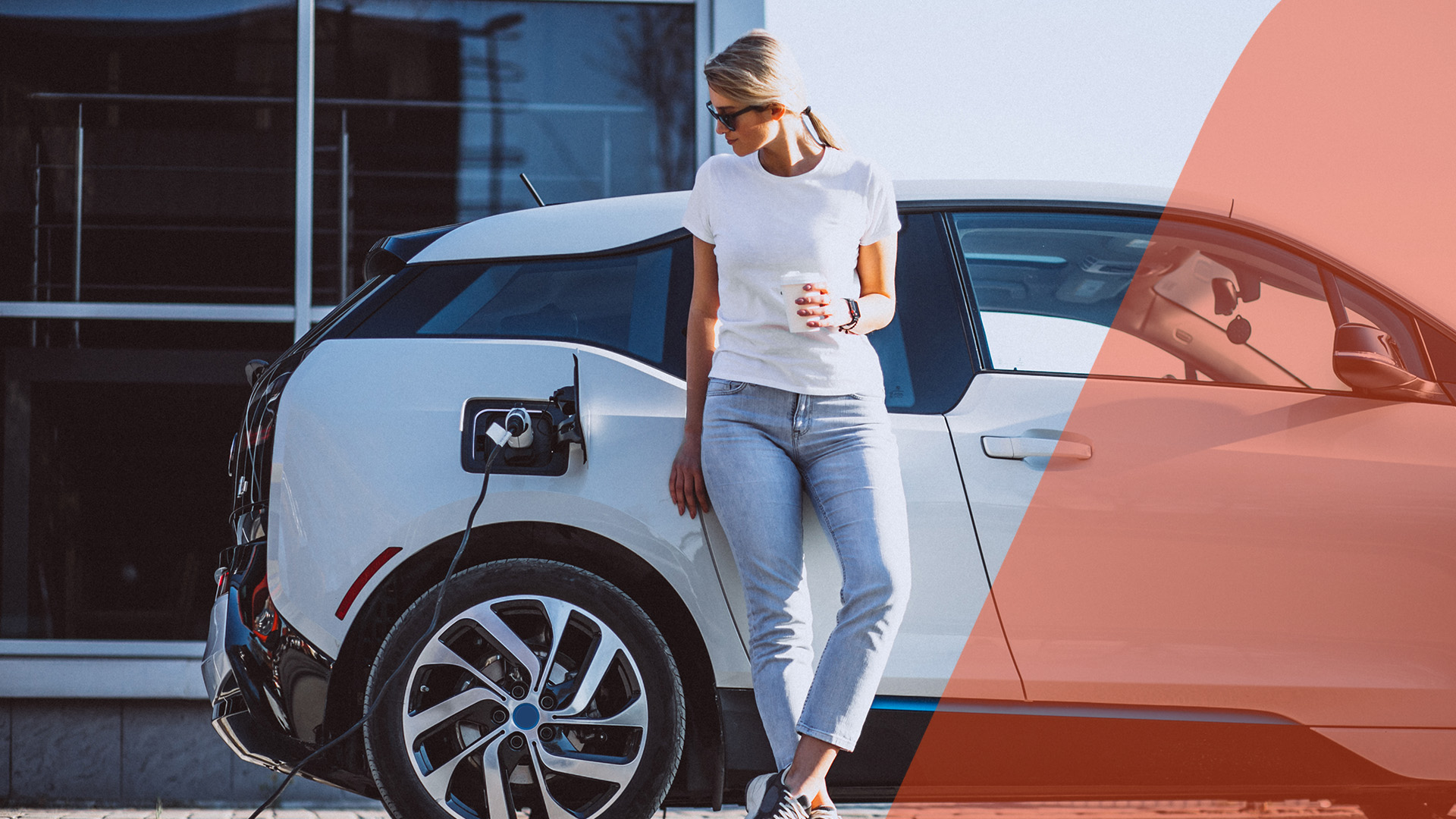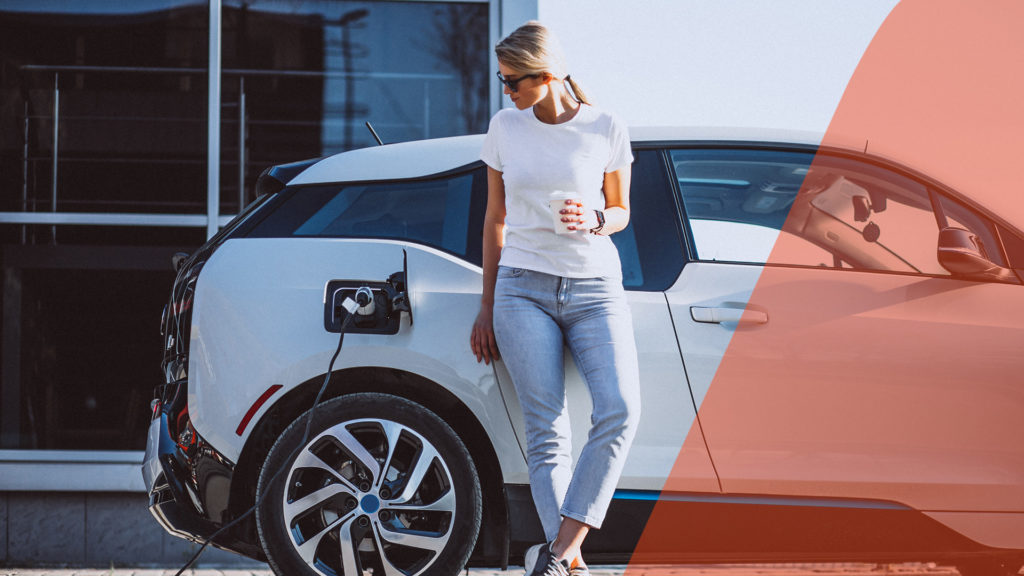Ready to lease your new car?
Browse our range and apply today!

What is range and range anxiety?
In basic terms, range is the distance you can cover in your electric vehicle before you need to charge once again. The dreaded range anxiety felt by EV owners in the past has had many second-guessing the practicality of electric power. While range is still something to consider, the overall range of an electric car has improved dramatically in the last ten years. With a little planning and proper understanding of your daily commute, the anxiety will dissipate as you acclimatise to life with an EV.
For the vast majority of drivers, electric cars can easily complete their daily commute with power in reserve on a single charge. Broadly speaking, a 40kWh battery provides around 270km range on one charge, while a 62kWh battery provides up to 385km on a single charge. If you happen to cover 50km per day on average, a 40kWh car would only need to be charged every five or six days, or once a week with a 62kWh car. Driving style, where you live, and weather conditions all play a factor, but most will find the range of a modern EV more than adequate.
What can I do to limit range anxiety?
The key to eliminating range anxiety is to know where you can charge your car in the area of your home or workplace. The ESB has installed approximately 1,350 charge points across Ireland, with that number continuing to grow. Other suppliers have also come on stream, some with high-speed charging capabilities.
Nifti recommends you also have a home-charging unit if possible, as this makes it easy to commute daily with ample range. On arrival home, simply get into the habit of plugging the vehicle in. On average, 80% of car journeys in Ireland cover 20km or less, and with typical electric vehicle ranges extending from 100km up to 500km, a single charge will cover these journeys.
Which electric car has the best range?
This varies — manufacturers regularly introduce new vehicles with new, more competitive ranges. Tesla led the market for many years with a choice of vehicles that could cover 400km and beyond. Now, Kia, VW, Hyundai, and other manufacturers have vehicles capable of this range. At the current rate of innovation, it won’t be long before EVs offer ranges approaching 1000km, which will rival any petrol or diesel car. At the time of this writing, Mercedes-Benz are trialling a concept car covering 1200km in between charges.
Our advice is not to worry about the best range, but instead which vehicle suits your needs most. When you pick an EV on Nifti or NiftiBusiness, we will consider your current mileage and see which options might work best for you.

What does WLTP mean?
The Worldwide Harmonised Light Vehicle Test Procedure (WLTP) was developed using real driving data gathered from around the world. WLTP represents everyday driving usage, better allowing you to calculate the actual range needed. In the past, some manufacturers quoted range figures that were nearly impossible to achieve.
The WLTP driving cycle is divided into four tests with different average speeds: low, medium, high and extra high. Each test contains a variety of driving phases, stops, acceleration and braking phases. For a certain car type, each powertrain configuration is tested with WLTP for the car’s lightest (most economical) and heaviest (least economical) version. WLTP was developed with the aim of being used as a global test cycle across different world regions, so pollutant and CO2 emissions, as well as fuel consumption values, would be comparable worldwide.
How do you improve electric car range?
Like driving a petrol or diesel car, driving your electric car efficiently comes down to common sense. We know the power surge in an EV is addictive when you sink the go pedal, but you will do your range no favours. Fast acceleration and heavy braking are not kind on battery range, so adopting a smooth driving style is essential. If the vehicle has an ECO mode, use it — and likewise with the regenerative braking. Drive with regen engaged so you can harvest energy when slowing down. Go easy on the heat on cold mornings and likewise with the AC on sunny days. These items all use more battery power and thus subtract from your range.
Other things to keep in mind are travelling light and making sure your tyres are correctly inflated. Hauling a heavy boot load of golf clubs and sports gear around all week will reduce your range. Soft tyres produce more rolling resistance, leading to poorer range. Once you adopt your mindset away from combustion power, you will become more mindful of range and how to maximise it while driving.

Browse our range and apply today!